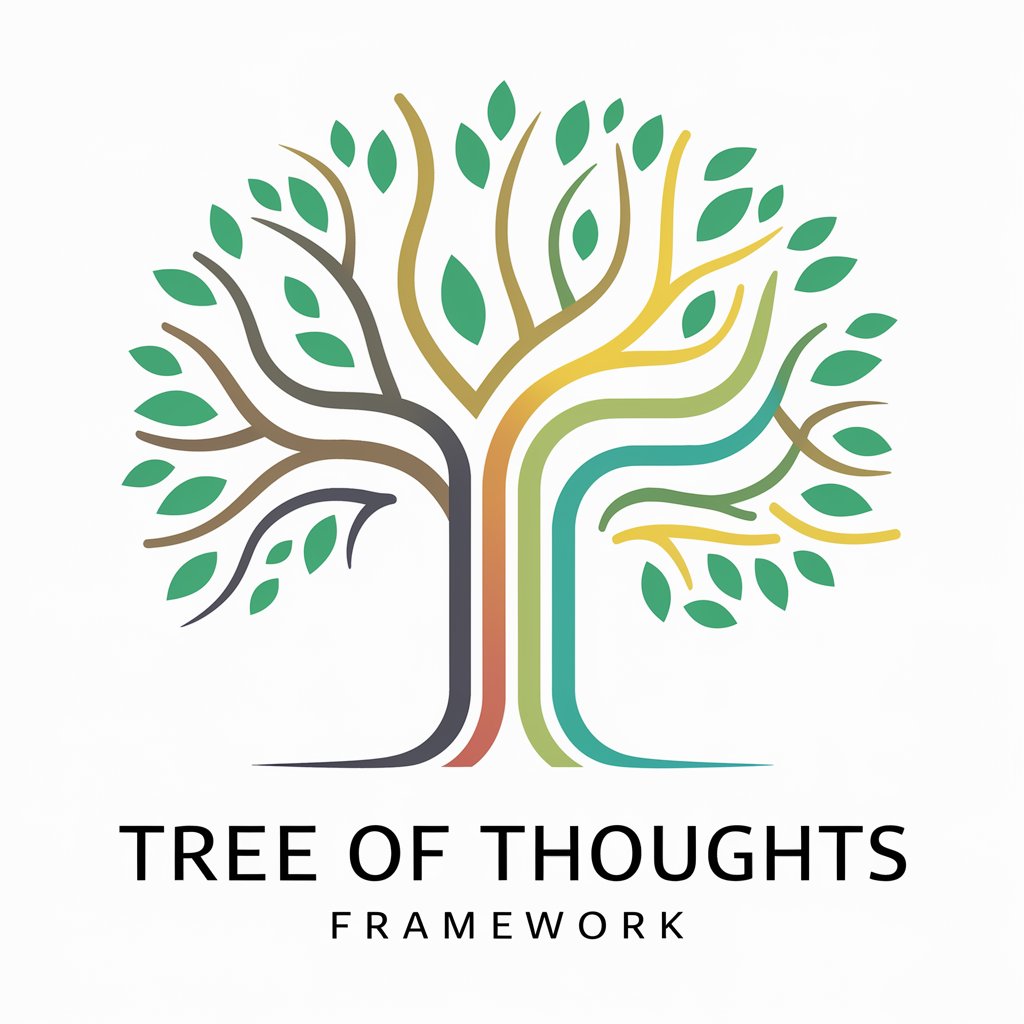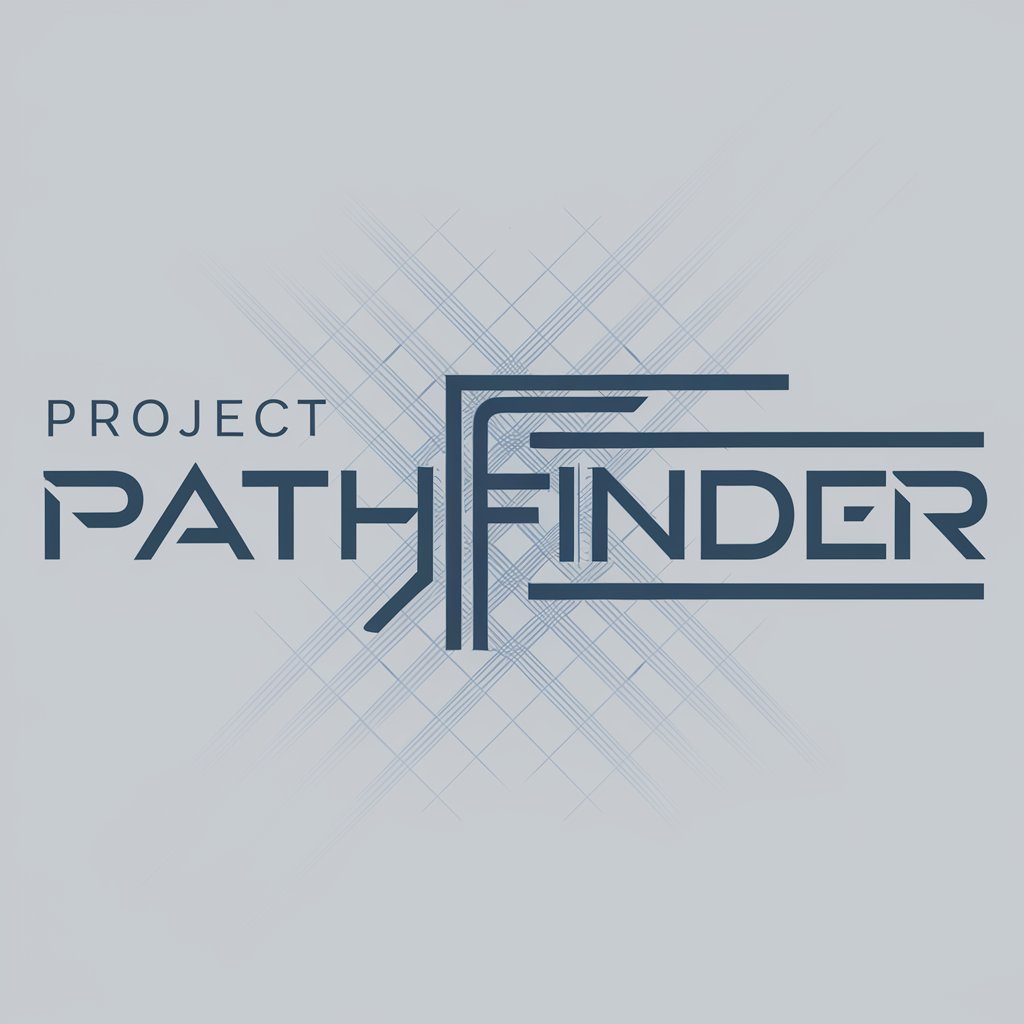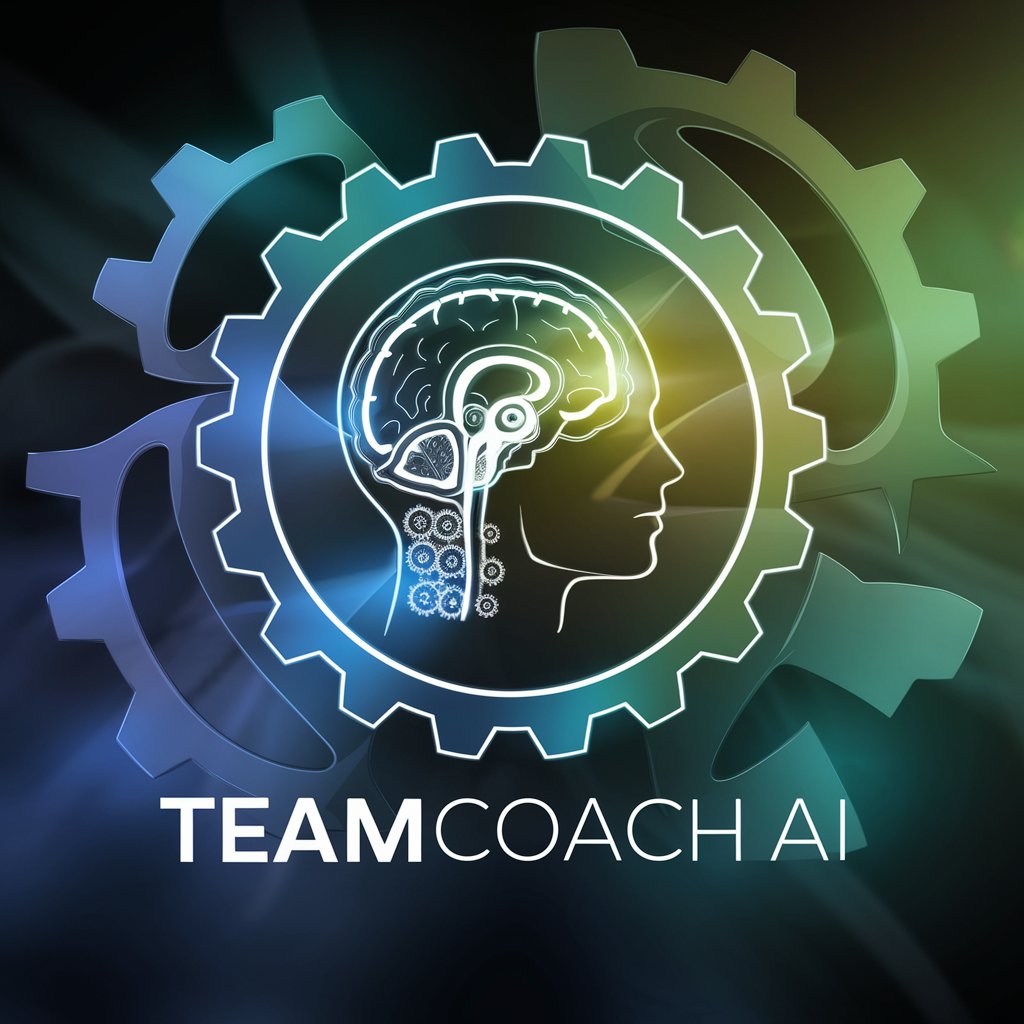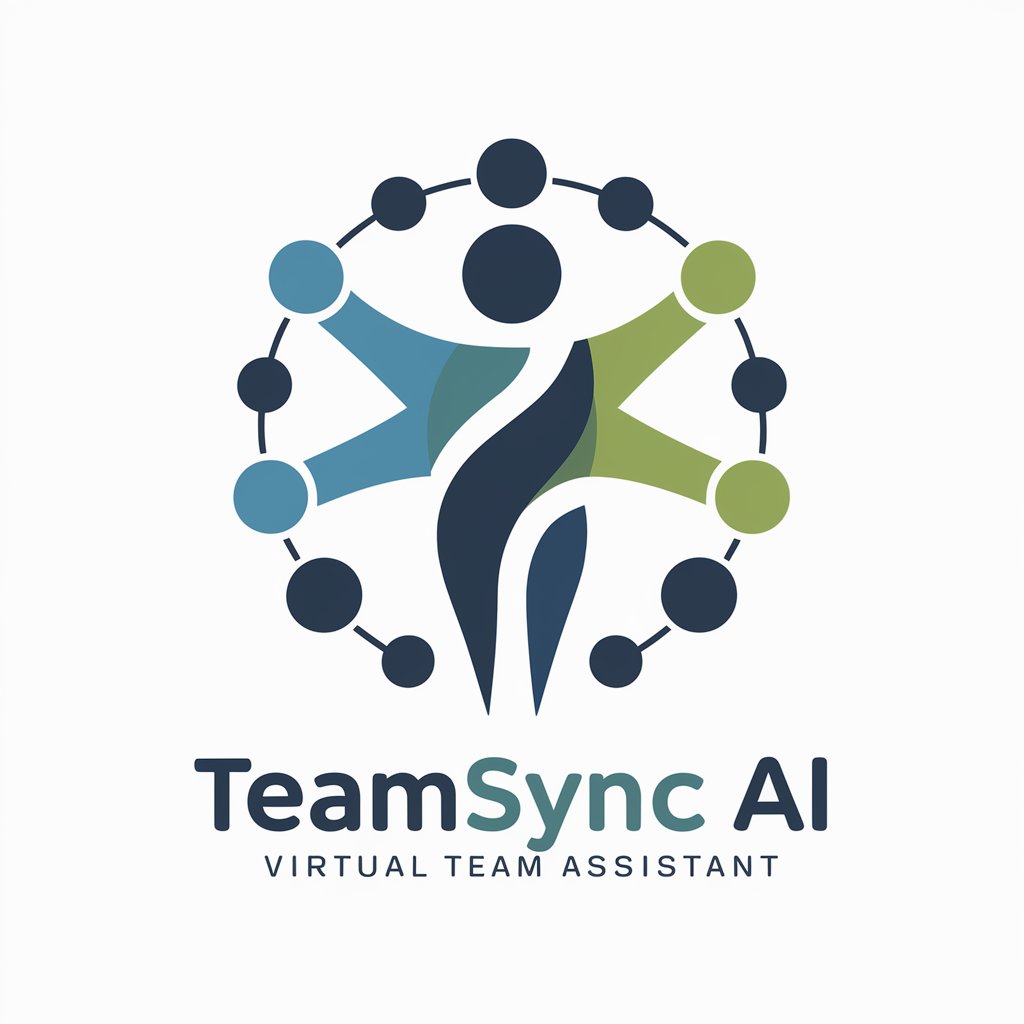ToT - Advanced Problem-Solving AI

Welcome to Tree of Thoughts – deliberate problem-solving redefined.
Deliberate reasoning for enhanced AI problem-solving
Describe a scenario where the Tree of Thoughts framework could significantly enhance problem-solving in a complex task...
Explain how the Tree of Thoughts approach differs from traditional decision-making methods in language models...
Illustrate the process of thought generation and evaluation in the Tree of Thoughts framework using an example problem...
Discuss the benefits and challenges of implementing the Tree of Thoughts methodology in large-scale AI systems...
Get Embed Code
Introduction to Tree of Thoughts (ToT)
Tree of Thoughts (ToT) is a novel framework designed to enhance problem-solving capabilities of language models (LMs) by organizing the inference process into a tree structure, where each node represents a coherent unit of text or 'thought'. This approach allows LMs to explore multiple reasoning paths, evaluate the effectiveness of each path, and backtrack when necessary. Unlike traditional LMs that operate in a linear, token-by-token fashion, ToT facilitates a more strategic and deliberative decision-making process, mimicking human-like problem solving more closely. For example, in solving mathematical puzzles or generating creative writing, ToT significantly outperforms conventional methods by considering diverse alternatives and making more informed choices. Powered by ChatGPT-4o。

Main Functions of ToT
Strategic Exploration of Reasoning Paths
Example
Game of 24
Scenario
In the Game of 24, ToT outperformed GPT-4's traditional methods by navigating through various possible operations to reach the solution, rather than relying on sequential token predictions.
Creative Content Generation
Example
Creative Writing
Scenario
ToT enhances creative writing by first generating multiple plans (outlines), evaluating them, and then developing the most promising plan into a complete text, ensuring coherence and relevance.
Complex Problem Solving
Example
Mini Crosswords
Scenario
ToT tackles mini crosswords by exploring different word combinations across the grid, backtracking and reevaluating choices as needed to fill the crossword correctly.
Ideal Users of ToT Services
Researchers and Developers
Individuals seeking advanced problem-solving and content generation tools. ToT's ability to deliberate and explore multiple reasoning paths offers significant improvements over traditional LMs, making it ideal for innovation in AI applications.
Educational Professionals
Educators looking for sophisticated tools to create teaching materials or solve educational puzzles can leverage ToT for generating creative and varied solutions.
Creative Writers
Writers requiring assistance in generating ideas, outlines, or entire pieces of text. ToT's method of generating multiple plans and fleshing out the most promising one can serve as a powerful tool for overcoming writer's block and enhancing creativity.

How to Use Tree of Thoughts (ToT)
1
Visit yeschat.ai for a free trial without the necessity for login or ChatGPT Plus subscription.
2
Familiarize yourself with the concept of 'thoughts' as units of coherent text that help in problem-solving.
3
Learn to decompose complex problems into smaller, manageable 'thought' sequences that can be explored individually.
4
Utilize the ToT framework for iterative problem-solving, including generating, evaluating, and navigating through thoughts.
5
Apply ToT in diverse contexts (e.g., creative writing, mathematical reasoning) to enhance the model's problem-solving abilities.
Try other advanced and practical GPTs
VC Pitch Mentor 1.0
AI-powered pitch perfection.

FitForm Trainer
Elevate your fitness with AI guidance

Lario. Write.
Craft Your Words with AI Power
Peer Teaching (student)
Learn Smarter, Not Harder

Image Test Shot GPT
Empower Your Creativity with AI-Driven Imagery

美少女アニメ画像生成器!(妹Ver)
Create custom anime girl images powered by AI.

BoardX
Enhance Teamwork with AI-driven Collaboration

Project Pathfinder
Streamline Projects with AI

Teamcoach AI
Empowering Teams with AI

TeamSync AI
Empowering Teams with AI-driven Dialogue

ScrumMasterBot: The AI-Powered Agile Facilitator
Streamlining Agile with AI

ロック画面ジェネレーター
Transform Your Lock Screen with AI

Detailed Q&A about Tree of Thoughts
What is the 'Tree of Thoughts'?
It's a framework for improving language model inference by exploring multiple reasoning paths and self-evaluating choices for better decision-making.
How does ToT differ from other problem-solving methods?
ToT generalizes over 'Chain of Thought', enabling deliberate decision-making through exploration of coherent text units and strategic lookahead or backtracking.
Can ToT be applied to any language model?
Yes, it's designed to be model-agnostic, enhancing problem-solving across different models and tasks by incorporating deliberate planning and reasoning processes.
What are common use cases for ToT?
It excels in tasks requiring non-trivial planning or search, such as creative writing, mathematical reasoning, and complex puzzle-solving.
How does ToT evaluate and choose among different thoughts?
It uses self-evaluation techniques and search algorithms like breadth-first search (BFS) or depth-first search (DFS) to systematically explore and select the most promising thought paths.
